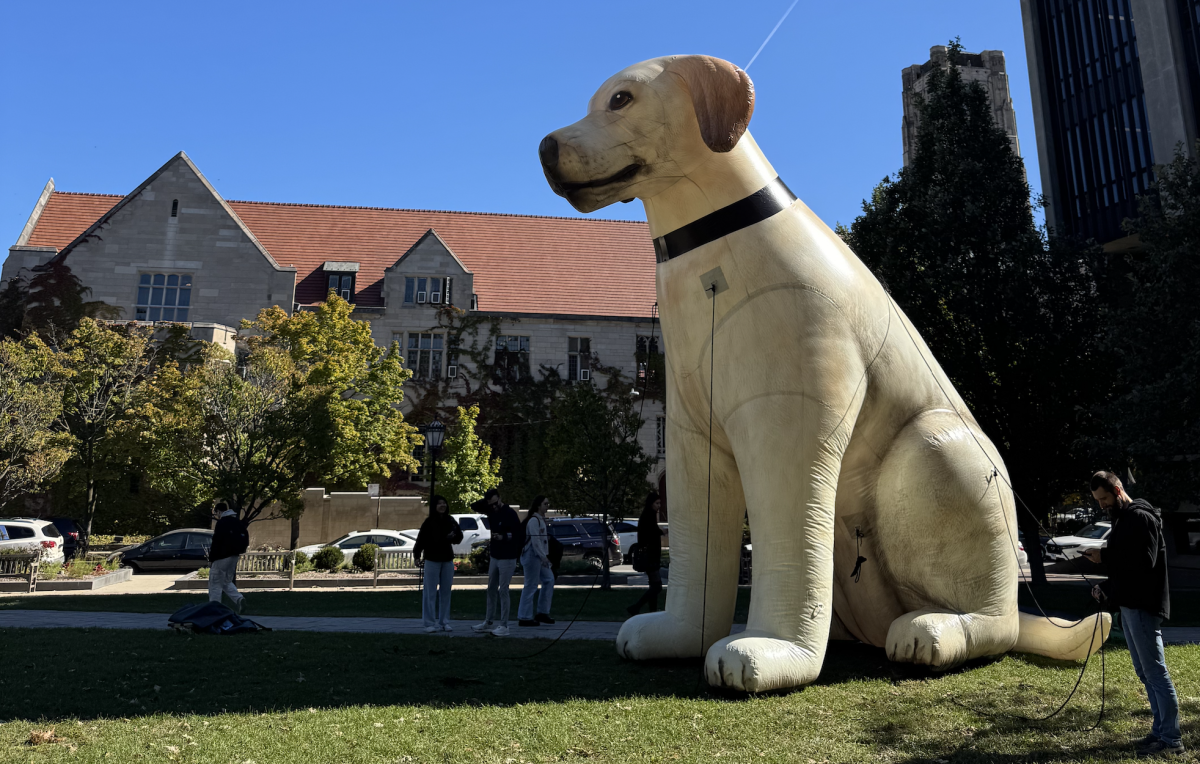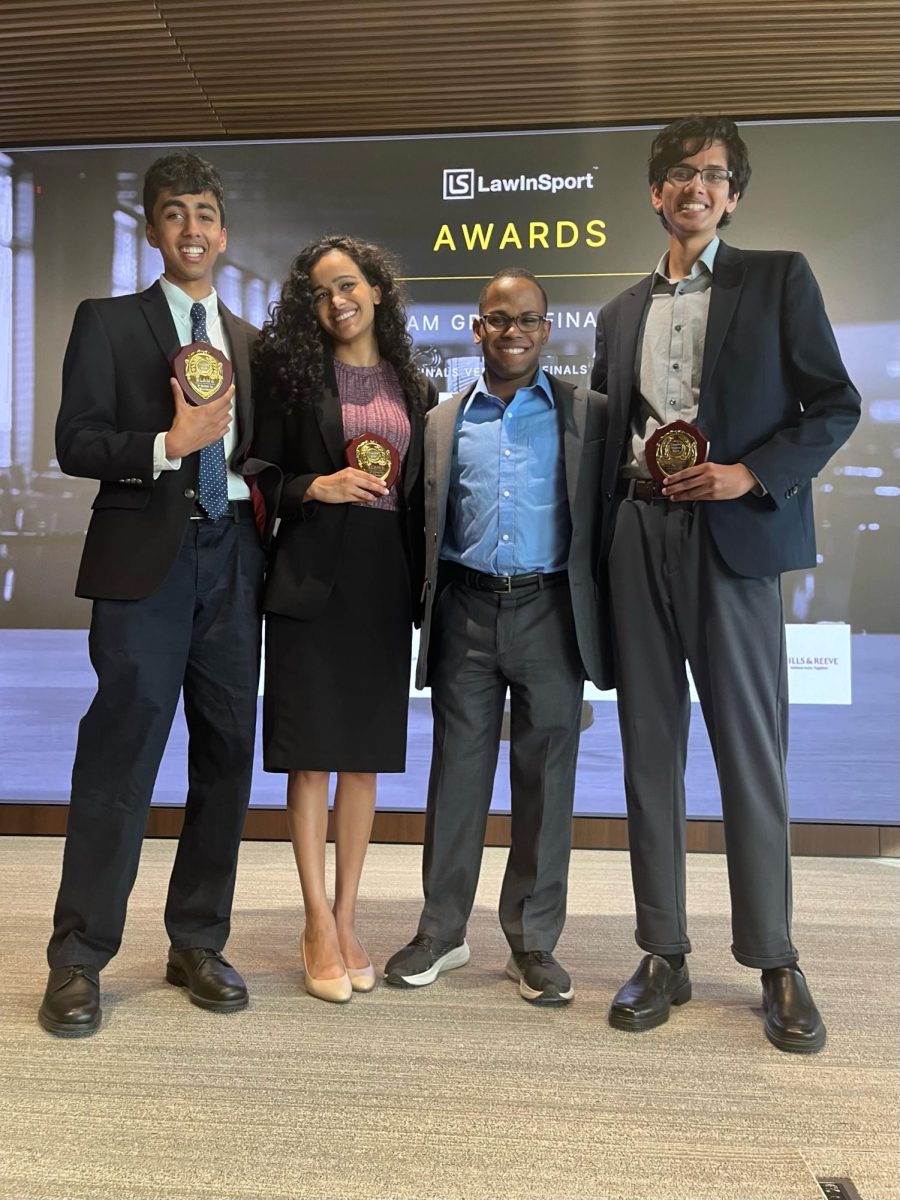The middle-aged Iranian man made the throat-slitting gesture when I told him I was American.
“Khameini,” he said, referencing the name of Iran’s Supreme Leader. He then grinned as he invited me to sit down and share sunflower seeds with him and his family.
It was a typical scene from Iran, where I spent two weeks in early September with eight other U of C students and Laura Hollinger, associate dean of Rockefeller Chapel.
Our “cultural exchange,” organized by San–Francisco-based non-profit Global Exchange, was meant to focus on human rights issues in Iran, but the Iranian government, in the midst of its two-year crackdown on dissidence, blocked our meetings with human rights groups. As Americans, we were also pulled aside, detained, and fingerprinted at the airport––the first Americans to experience that new policy––and forbidden to wander around outside without our government-licensed guide.
But those were small inconveniences compared to what Iranians have lived through under 28 years of rule by the Islamic Republic. Inflation has been running at 20 percent per year and unemployment is twice that. Squads of Moral Police roam the streets, arresting women whose headscarves expose too much hair or who are seen walking with unrelated men.
Especially unpopular is the current president, Mahmoud Ahmadinejad. An August poll by a mainstream Tehran newspaper found that 32 percent of people who voted for him in 2005 would not do so again. A reformist newspaper ran a cartoon saying that Ahmadinejad was proof that humans were related to monkeys, and another praising him for accelerating the return of the 12th Imam, the Shia messiah who is fated to return when the world is in deep crisis. Many factors and factions may be behind Iran’s economic troubles and paucity of civil liberties, but Ahmadinejad has personally turned himself––and his country—into an international caricature.
The irony of the foreign view of Iran as a repressive, terrorist-funding backwater is that the country’s population is, for the most part, young, well educated, and pro-Western. English is the first foreign language most students learn in school, and all of the bookstores I went into had English sections—and some had entire floors devoted to English language-learning materials. One bookstore in an upscale part of Tehran even had the same edition of Leviathan I bought for Sosc, but that wasn’t terribly surprising, since the bookstore had the complete set of the Penguin Classics, as well as other familiar editions of classic books. Nearly all the highway signs and museum placards I saw were in English, and one state-run museum in Tehran even provided us with a guide who spoke perfect English––and wore a full-length black chador.
Women are required to wear hair-covering headscarves, as well as form-obscuring neck-to-thigh raincoats, but many younger women skirt this by tying colorful, patterned scarves far enough back on their head that they barely stay on. For men, mullets and tight jeans are in, and the only people who wear turbans are clerics––one of whom was standing near us in the customs line in the airport, carrying four enormous shopping bags from the duty-free store in the Frankfurt airport.
The government may not have wanted us to meet with human-rights groups, but one subject they didn’t declare off-limits was religion.
We visited quite a few religious sites, including a Zoroastrian temple and a Tower of Silence, an Armenian church, and a synagogue. As “People of the Book,” Jews and Christians (and, for some reason, Zoroastrians) are given nearly the same rights as Muslims under the law, if not always in practice. The Jewish community, while small and shrinking, comprises the largest religious minority in Iran.
Still, Iran is no oasis of tolerance, and the country has long persecuted members of, for example, the Bahá’í faith. A Zoroastrian carpet shop we visited had a portrait of reformist former president Mohammed Khatami on its wall––a significant contrast to the dual portraits of Ayatollah Khomeini and his successor Khameini that hang like flags in every public building and many private ones.
We visited a Shia seminary (madrasa in Farsi), where we met a young imam who told us that he wanted to improve his English so he could visit the U.S. and dispel the notion that the colleges for clerical training are camps for terrorist training. We also met with Grand Ayatollah Imami Kashani, one of the most senior clerics in Iran, a Dumbledore-like figure who was fairly senile but surrounded by a number of clerics and aides who were eager to talk with American Christians and Jews.
As for the throat-slitting man in Isfahan, I spoke with him and his family about American and Iranian politics for nearly 45 minutes. As I walked around the bazaar afterwards, four more people came up to me and started conversations in English. They were all surprised to hear that I was American––but maybe I should have been the one who was surprised. After all, we were in the middle of Iran and they were telling me in fluent English how much they love the U.S.








